
Kudos has partnered with CardRatings and Red Ventures for our coverage of credit card products. Kudos, CardRatings, and Red Ventures may receive a commission from card issuers. Kudos may receive commission from card issuers. Some of the card offers that appear on Kudos are from advertisers and may impact how and where card products appear on the site. Kudos tries to include as many card companies and offers as we are aware of, including offers from issuers that don't pay us, but we may not cover all card companies or all available card offers. You don't have to use our links, but we're grateful when you do!
Aven HELOC Card: Is a Home Equity Credit Card Your Secret Weapon for Low-Interest Borrowing?
July 1, 2025


What Is the Aven HELOC Card and How Does It Work?
The Aven HELOC Card (also known as the Aven Home Equity Credit Card) is a unique hybrid between a credit card and a Home Equity Line of Credit (HELOC). Essentially, it allows homeowners to borrow against their home’s equity through a Visa credit card. This means you must own a home with available equity to qualify. The card is issued by Coastal Community Bank (Member FDIC) and lets you spend like a normal credit card, but at interest rates far below typical credit cards.
[[ SINGLE_CARD * {"id": "7648", "isExpanded": "false", "bestForCategoryId": "15", "bestForText": "Homeowners", "headerHint": "LOW INTEREST RATES"} ]]
If approved, Aven gives you a credit limit based on your home equity – up to $250,000 in most states (and $100,000 in a handful of states). There are no upfront fees to get the card: no annual fee, no origination fee, no appraisal or prepayment fees. You can swipe the Aven card for everyday purchases anywhere Visa is accepted, earning 2% cash back on every purchase. Uniquely, Aven even offers 7% cash back on hotel bookings made through their travel portal – a perk that stands out among HELOC products.
When you use the card, you only have to repay at least 1% of the balance plus interest each month, like a normal credit card. If you need a large sum of cash, Aven lets you do a “CashOut” transfer to your bank account, essentially drawing on your home equity. However, these cash transfers (and any balance transfers from other cards) incur a one-time 2.5% fee on the amount . For those big withdrawals, Aven offers an option to convert them into a fixed-rate installment plan over 5 or 10 years, providing predictability more like a traditional loan.
Setting up the Aven card is fast. The application is fully online and can approve you in as little as 15 minutes. There’s no hard credit pull to see your offer (initial prequalification uses a soft check), so you can check your eligible credit limit and APR without impacting your credit score. If you proceed and finalize the application (which includes verifying income and a video-call with a notary to sign documents), the card is typically mailed out within a week.
Eligibility: To get the Aven HELOC Card, you’ll need a minimum FICO credit score around 640. You must have sufficient home equity. You’ll also need to demonstrate enough income to afford payments. Aven will verify income via documents or bank records during underwriting. Keep in mind the card is currently not available in every state – Aven operates in most U.S. states but is still rolling out in some (with a goal to reach all 50 states by 2025).
Benefits of the Aven HELOC Card
The Aven card’s appeal is that it combines the low interest and high credit limits of a HELOC with the convenience and rewards of a credit card. Here are its standout benefits:
Lower Rates and Massive Credit Lines
One of the biggest selling points of Aven’s HELOC Card is its interest rate, which can be dramatically lower than regular credit cards. As of late 2024, Aven’s variable APR ranges from about 7.7% to 15.5% depending on credit and state – whereas the average credit card APR was around 20.7%. Even better, Aven caps the rate at 18% maximum, so even if prime rates rise, your rate won’t soar beyond that. This lower cost of borrowing can save you a lot in interest if you carry a balance. In fact, Aven advertises its rates can be 50% lower than typical unsecured card rates.
Because your home secures the line, Aven can also grant very high credit limits. Qualified borrowers in most states can get up to a $250,000 limit, far above normal credit card caps. This huge borrowing power, combined with low rates, makes Aven well-suited for funding big expenses like home improvements, medical bills, or debt consolidation. It’s like having a HELOC you can swipe as needed.
Another benefit: No strict closing process or waiting for funds. Traditional HELOCs often involve appraisals, lots of paperwork, and weeks of waiting for a line of credit to open. With Aven, there are no appraisal or origination fees and the process is mostly automated, so you can unlock your line and get the physical card in about a week. It’s a much quicker lifeline to your equity if time is of the essence.
Cash-Back Rewards and $0 Fees
Unlike a normal HELOC, the Aven card actually earns rewards. You get unlimited 2% cash back on every purchase. Rewards accrue as points that you can redeem toward your statement; notably, applying the cashback as a statement credit counts toward your payment due. For travelers, Aven offers a juicy 7% back on hotel bookings made through their Aven Travel Portal – partnering with major hotel brands so you’re not limited in options. Points never expire as long as your account is open.
Crucially, Aven keeps fees to a minimum. There is no annual fee for the card. You won’t pay any account opening fees, closing fees, or prepayment penalties either. Essentially, it costs nothing to have the card sitting in your wallet. The only fees to watch for are the 2.5% transaction fee if you utilize the card’s cash-out or balance transfer features, and a standard $29 late fee if you miss a payment. By avoiding the usual HELOC setup costs (no appraisal needed, etc.) and typical credit card fees, Aven makes accessing your equity as affordable as possible upfront.
Additionally, new cardholders can snag a small interest rate discount by using autopay – Aven will knock 0.25% off your APR for enrolling in automatic payments. And since the credit line is technically a HELOC, interest paid might be tax-deductible if used for eligible home improvements – a perk you’d never get with normal credit card interest.
Finally, Aven provides flexibility in repayment. You can choose to pay only the minimum (1% of balance + interest) during draw periods, or pay extra principal anytime without penalty. If you take a large cash draw, opting into a 5- or 10-year fixed payment plan can lock in a stable monthly payment like a loan. This flexibility gives you control over how you manage the debt.
Using your home to finance something big? Kudos helps you compare top credit card offers and uncover hidden perks — it’s free and easy to use.
Potential Risks and Drawbacks
While the Aven HELOC Card has clear advantages, it also comes with some serious risks and caveats to consider. After all, you’re putting your home on the line. Here are the main drawbacks:
1. Your House is Collateral – Risk of Foreclosure
Because the Aven card debt is secured by your home, failing to repay could result in losing your house. This is the single biggest risk. Defaulting on any credit card is bad (it wrecks your credit and you could face collections), but defaulting on a home-secured card is worse: the lender can ultimately foreclose on your home if you don’t make payments. Aven’s CEO has said foreclosure would be a last resort after 5–6 months of delinquency management, and Aven even introduced a foreclosure protection program for eligible cardholders to help allay fears.
Still, the reality is that overspending your equity can put your homeownership in jeopardy. It’s crucial to be extremely disciplined with this card. If you wouldn’t take out a second mortgage to finance a new TV or vacation, you probably shouldn’t use a HELOC-backed card for frivolous buys either. Treat it like a loan for meaningful needs, not an excuse to overspend.
2. Overspending and Variable Rates
The convenience of a credit card can encourage overspending, and studies show people tend to spend more on plastic than when paying cash. That temptation is extra dangerous here since you’re borrowing against home equity. It’s easy to swipe the Aven card for daily purchases and forget you’re effectively drawing on your house. Moreover, the card’s interest rate is variable, tied to the Prime rate. While Aven caps it at 18%, your rate can still rise with market rates, increasing your monthly interest costs.
If interest rates in the economy go up, carrying a large balance on Aven becomes more expensive. In contrast, a fixed-rate home equity loan or a 0% APR balance transfer card might be cheaper for certain needs. Always monitor your spending and have a plan to pay down balances, especially if rates climb.
3. Fees on Cash Outs and Balance Transfers
While the card has no annual fee, it does charge that 2.5% fee on any funds you transfer out as cash or when bringing over an outside balance. For example, if you use the Aven card to pay off a $20,000 higher-interest credit card, you’ll pay $500 in fees upfront. This is actually lower than many credit cards’ 3%-5% balance transfer fees, but it’s still a cost to factor in. Plus, transferring unsecured debt (like credit card balances) onto Aven turns it into secured debt against your home – not a decision to take lightly.
In many cases, a traditional balance transfer card with a 0% promo might save more money if you can pay it off within the promo period. So, use Aven’s balance transfer feature cautiously and only if you’re committed to paying it down with the lower rate. Also note, Aven’s CashOuts have daily limits (reports indicate you can withdraw up to ~$50k per day via CashOut) and using the card itself for very large purchases may be capped. This means for a six-figure project, you might need to stagger draws or plan ahead with Aven.
4. Qualification and Availability
Getting Aven’s lowest rates and highest limits is not for everyone. You’ll need strong credit and significant equity for the best offers. Those with borderline credit might get a higher APR or smaller line. Additionally, if your approved credit line is very high (over $100k), Aven requires you to draw at least $50k in the first 90 days or they may reduce your credit limit. This “use it or lose it” clause is meant to prevent people from opening huge lines and not using them.
It’s not a typical requirement with most credit cards or HELOCs, so be aware. Lastly, as mentioned, Aven isn’t available everywhere yet and some big states (like New York, Texas, etc.) were not eligible at the time of writing. Ensure Aven is operating in your state before you get too deep into the application.
In summary, the Aven HELOC Card is best suited for disciplined, financially savvy homeowners. If used responsibly for strategic needs (and paid back on time), it can save a ton in interest and offer flexibility. But it carries higher stakes than a normal credit card. Never forget that your home is on the hook.
Aven HELOC Card vs. Aven Rewards Visa® Credit Card
While this article focuses on Aven's home equity credit card, it's worth noting that Aven also offers the Aven Rewards Visa® Credit Card – a traditional credit card that doesn't require homeownership.
Here's how the two compare:
Aven Rewards Visa® Credit Card:
- No homeownership required – This is an unsecured credit card available to non-homeowners
- 3% cash back on the first $10,000 in annual purchases, then unlimited 2% cash back after that
- Premium metal card – Made of stainless steel (16g)
- No annual fee and no foreign transaction fees
- Standard credit card APR – Higher than the HELOC card's rates
- Lower credit limits – Standard credit card limits based on creditworthiness, not home equity
- Soft pull pre-qualification – Check your offer without affecting your credit score
Which Aven Card Is Right for You?
Choose the Aven HELOC Card if you:
- Own a home with substantial equity
- Need access to large amounts of credit ($100K-$250K)
- Want the absolute lowest interest rates
- Plan to carry balances or need cash-out options
- Are comfortable using your home as collateral
Choose the Aven Rewards Visa® Credit Card if you:
- Don't own a home or prefer not to use your home as collateral
- Want a straightforward rewards card with solid cash back
- Need a travel-friendly card with no foreign transaction fees
- Prefer a traditional credit card without the risks of secured debt
- Want to earn 3% back on everyday spending (up to $10K/year)
Both cards offer competitive rewards and no annual fees, but the HELOC card's lower rates come with the trade-off of putting your home at risk. The Rewards Visa® Card provides peace of mind without the foreclosure risk, though at higher interest rates.
Frequently Asked Questions (FAQ)
Do I need to own a home to get the Aven HELOC Card?
Yes. Homeownership with sufficient equity is required to qualify for Aven’s card. The credit line is secured by your home, so you must have a property (primary residence or eligible second home/investment in some cases) and meet Aven’s equity and credit criteria. Renters or those with no home equity are not eligible.
Is the Aven HELOC Card available in all states?
No. As of 2025, the Aven card is not yet offered nationwide. It’s available in most U.S. states but excluded in several states (e.g. Connecticut, New York, Texas, and others) due to regulatory reasons. Aven plans to expand to all 50 states by 2025, so check their latest availability if you’re interested.
Can I lose my home if I don’t pay my Aven card balance?
Yes, if you default severely. Since Aven’s credit line is a lien against your home, failure to repay could lead to foreclosure on your house. Aven will work with delinquent borrowers and even offers foreclosure protection programs, but ultimately, if you can’t pay your debt, the lender has the right to claim the collateral (your home). This is a key risk – don’t borrow more than you can handle.
Does the Aven card have a fixed or variable interest rate?
The Aven card’s standard rate is variable. It fluctuates based on the Prime Rate (though capped at 18% max). However, Aven offers an option to convert cash draws or balance transfers into a fixed-rate installment (5 or 10-year term) for those specific balances. This can lock in a rate on a particular chunk of debt, but day-to-day purchases on the card will accrue interest at the variable rate. Always check your offered APR and remember it can change over time.
Is the Aven Home Equity Credit Card legit and safe to use?
Yes, the Aven card is a legitimate financial product. It is issued by Coastal Community Bank, an FDIC-insured institution, under Visa’s network. Security-wise, it functions like any other credit card with fraud protection, etc. The main safety concern is not technical but financial: using it prudently. As long as you borrow responsibly and make payments, the Aven card can be as “safe” as a regular credit card – just with the added caveat that your debt is secured by your property. Thousands of homeowners have used Aven, so it’s not a scam. Just be sure you are comfortable with the terms and risks before using it.
Conclusion: Should You Consider Aven’s HELOC Card?
.avif)
The Aven HELOC Card represents a new frontier in credit: it gives homeowners a way to leverage home equity on the fly. For the right person, it can be a powerful tool – imagine funding a renovation or consolidating debt at half the interest rate of a normal credit card. The convenience of a quick application and easy access to up to six-figure credit is hard to beat. Plus, you earn solid cash-back rewards along the way, and you won’t pay the pesky fees that many loans or cards charge.
However, this card isn’t for everyone. If you’re the type to max out cards or struggle with credit card debt, steer clear. The Aven card makes it alarmingly easy to dip into your home equity for everyday spending – a habit that could spell trouble. On the flip side, if you’re a disciplined borrower with a specific need and a repayment plan, Aven can save you money and time compared to getting a traditional HELOC or high-interest personal loan.
All in all, Aven’s HELOC Card is an innovative option for homeowners to have in their financial toolkit. Use it wisely, and it’s like having a low-interest safety net in your wallet. Misuse it, and you’re playing with your home on the line. Always weigh the pros and cons (and maybe discuss with a financial advisor) before borrowing against your house.
If you’re exploring credit options for big expenses, make sure to shop around. And whether you go with Aven or another solution, consider using a tool like Kudos to help you manage your credit cards and rewards effortlessly – turning your everyday spending into opportunities for savings.
Unlock your extra benefits when you become a Kudos member

Turn your online shopping into even more rewards

Join over 400,000 members simplifying their finances

Editorial Disclosure: Opinions expressed here are those of Kudos alone, not those of any bank, credit card issuer, hotel, airline, or other entity. This content has not been reviewed, approved or otherwise endorsed by any of the entities included within the post.
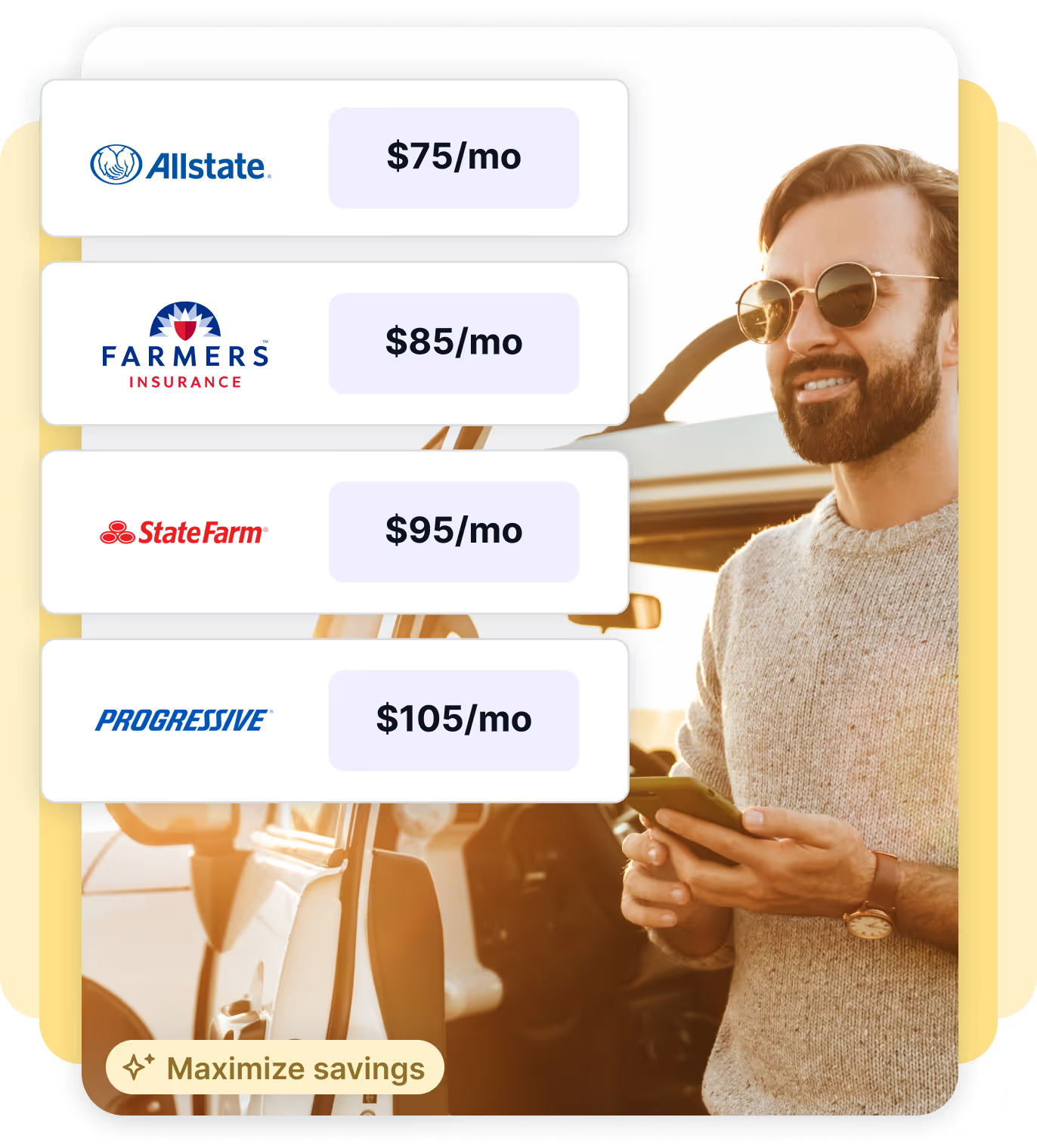
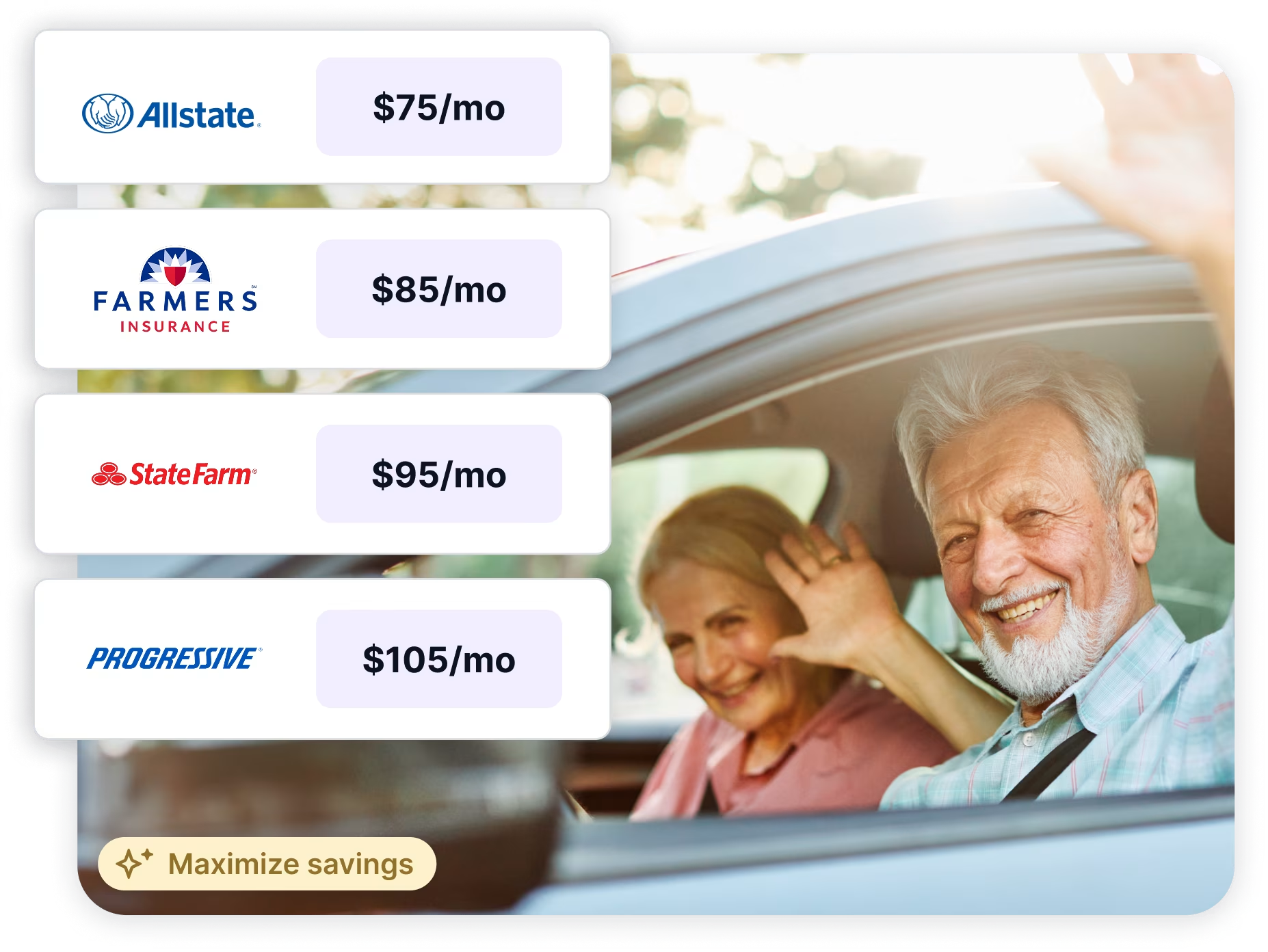
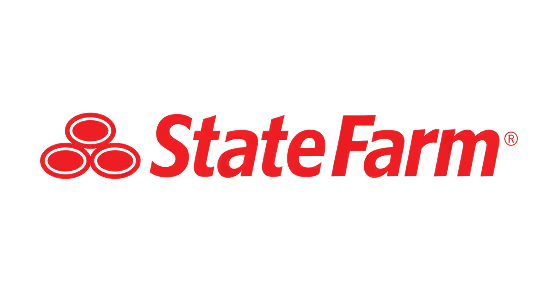
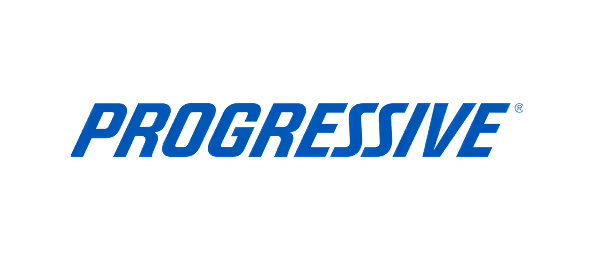
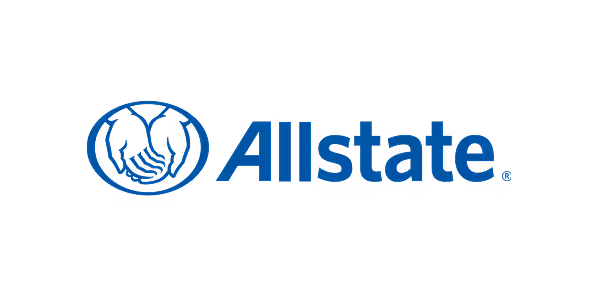



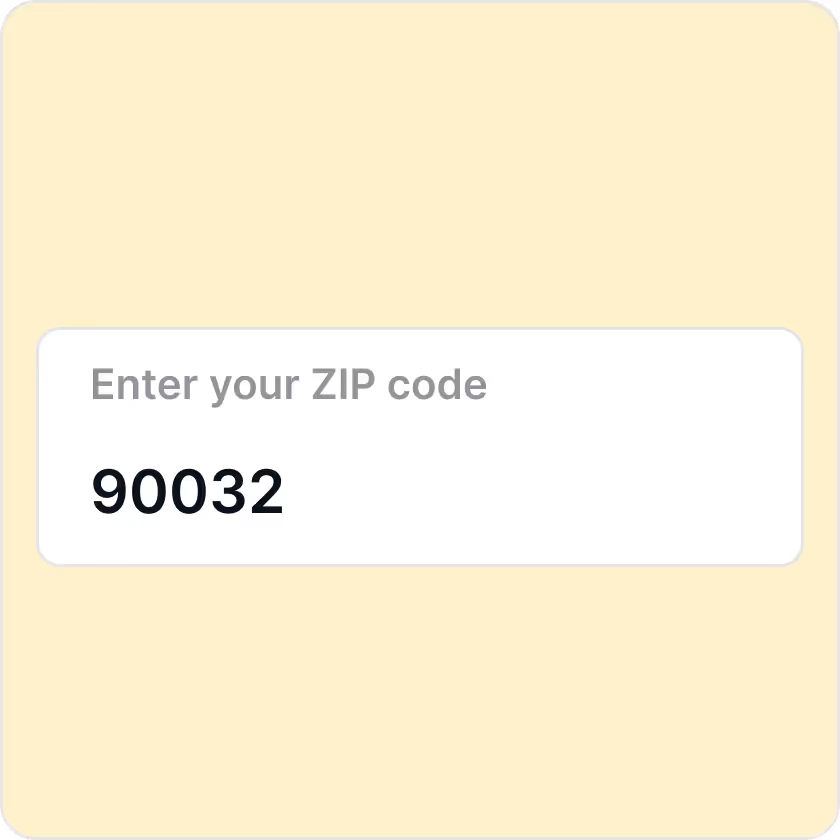

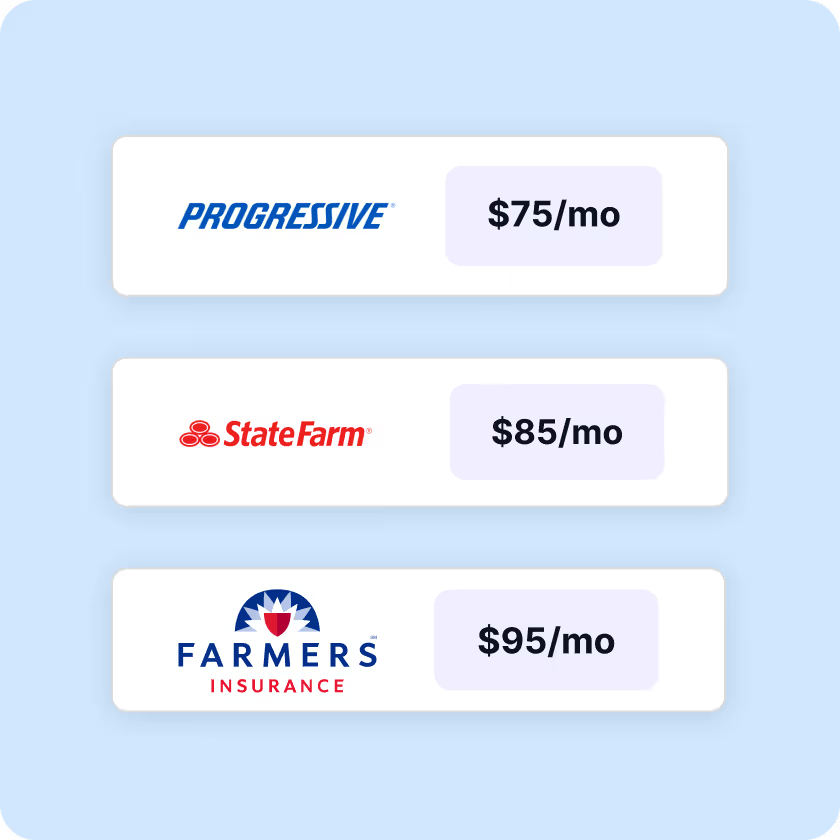








.webp)















.webp)


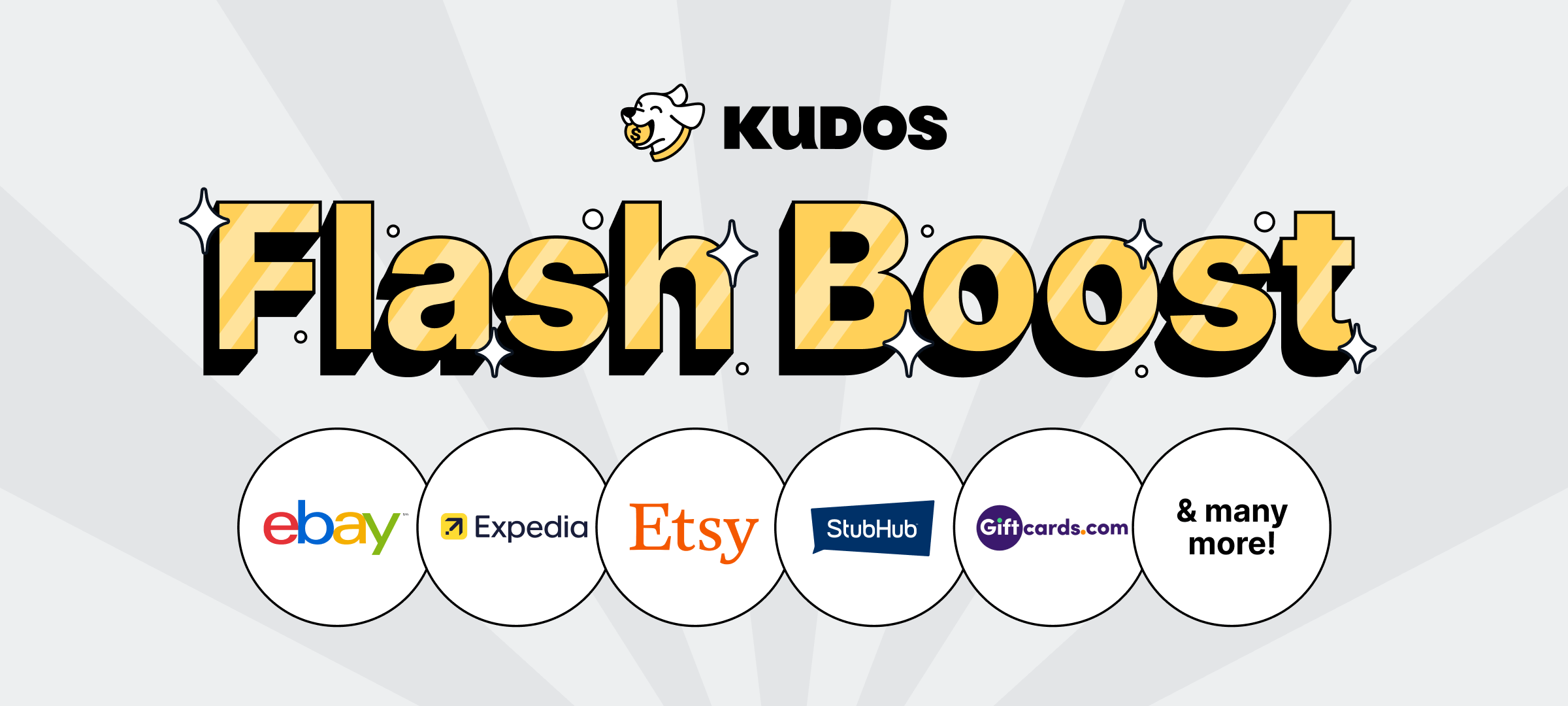

.webp)


